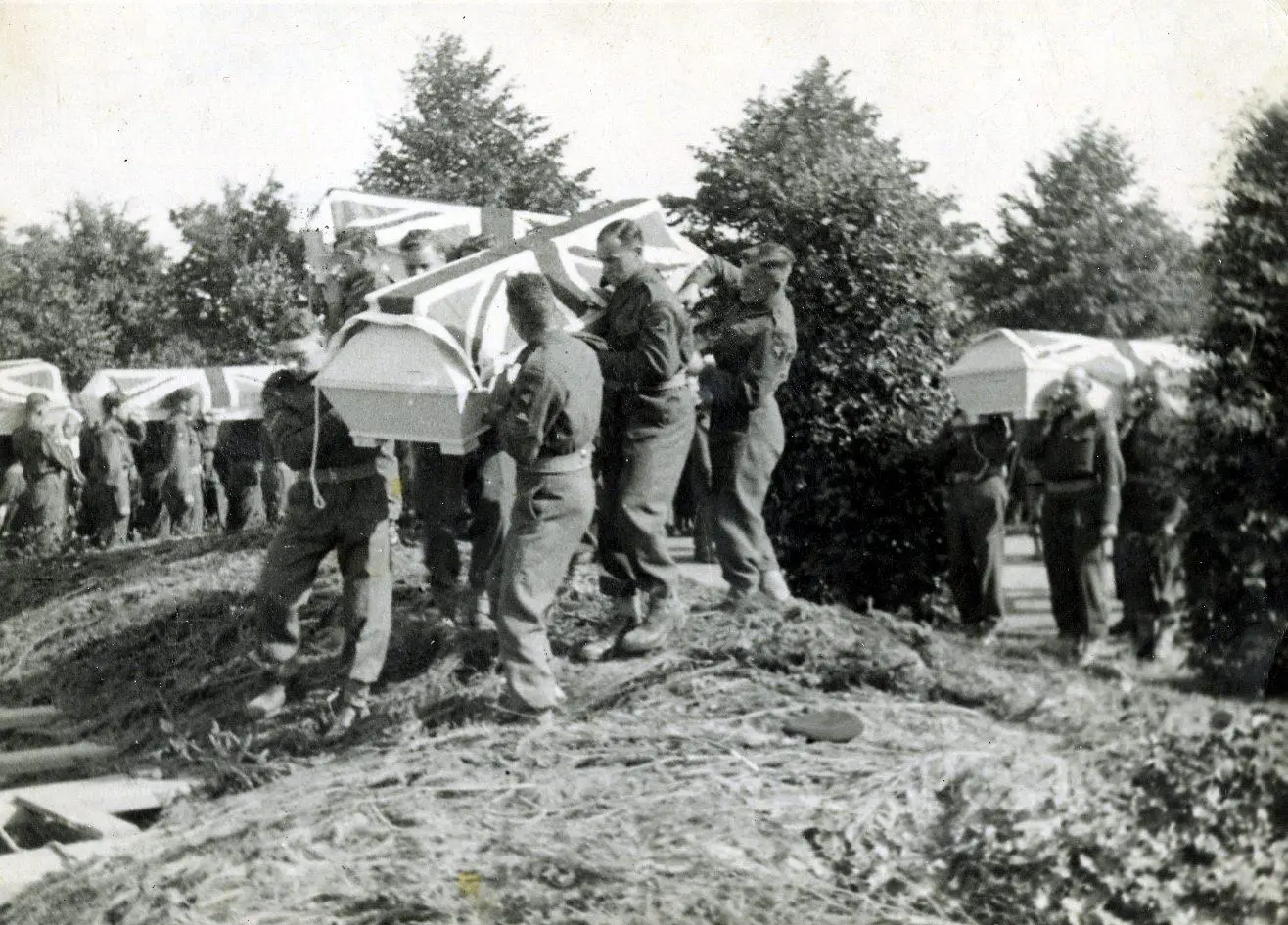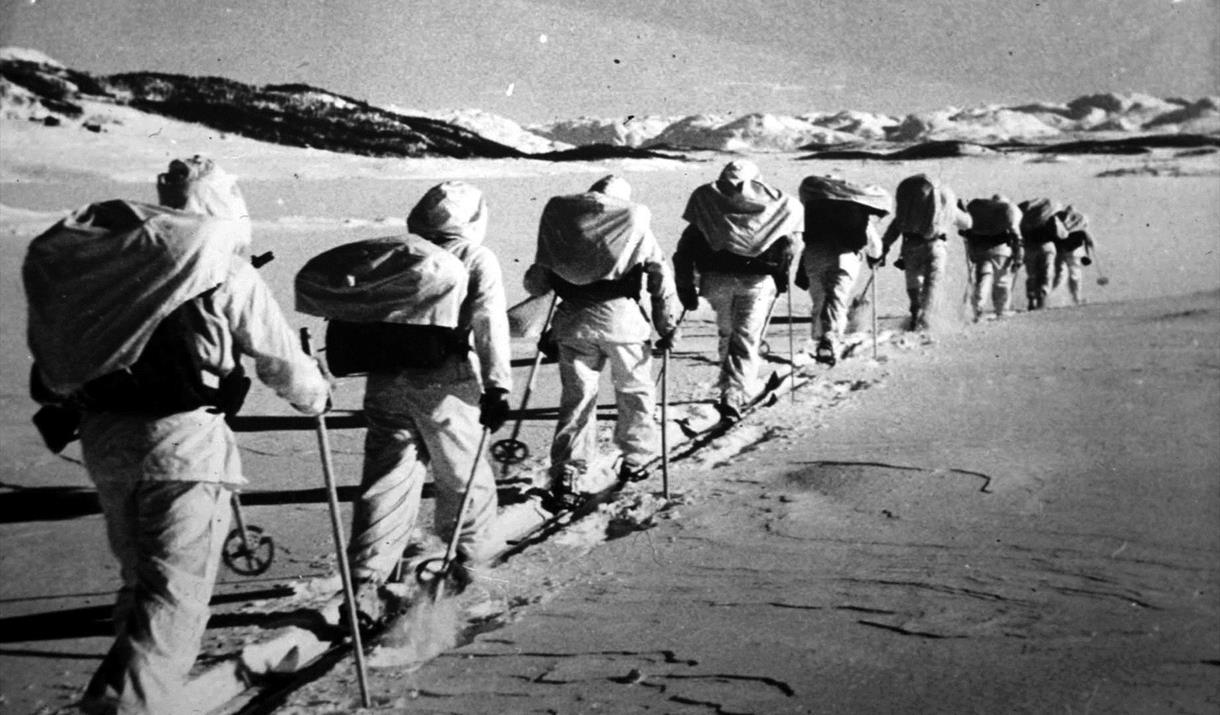
Who were the young Norwegian soldiers who risked their lives to carry out one of the most important and spectacular military operations during World War II?
The people behind the story
In the spring of 1942 the risk of a German atomic bomb has become too great. The British decide that the heavy water production at Vemork must be stopped. As early as the end of March, Einar Skinnarland is sent to Norway to gather information.
On 19 October a further 4 Norwegians are dropped over the Hardangervidda plateau. They operate under the code name Grouse, and are an advance guard for Operation Freshman. In the operation, 34 British soldiers are to be transported to Norway using gliders. The goal is to destroy the heavy water plant, the supply of heavy water and the power station. Grouse is to prepare a landing site and lead them to Vemork.
When the operation fails, Grouse spends the winter in the mountains under extremely harsh conditions. On 16 February 1943 a further 6 Norwegians parachute over the Hardangervidda plateau. A week later they locate each other. Operation Gunnerside is under way. The rest is history.
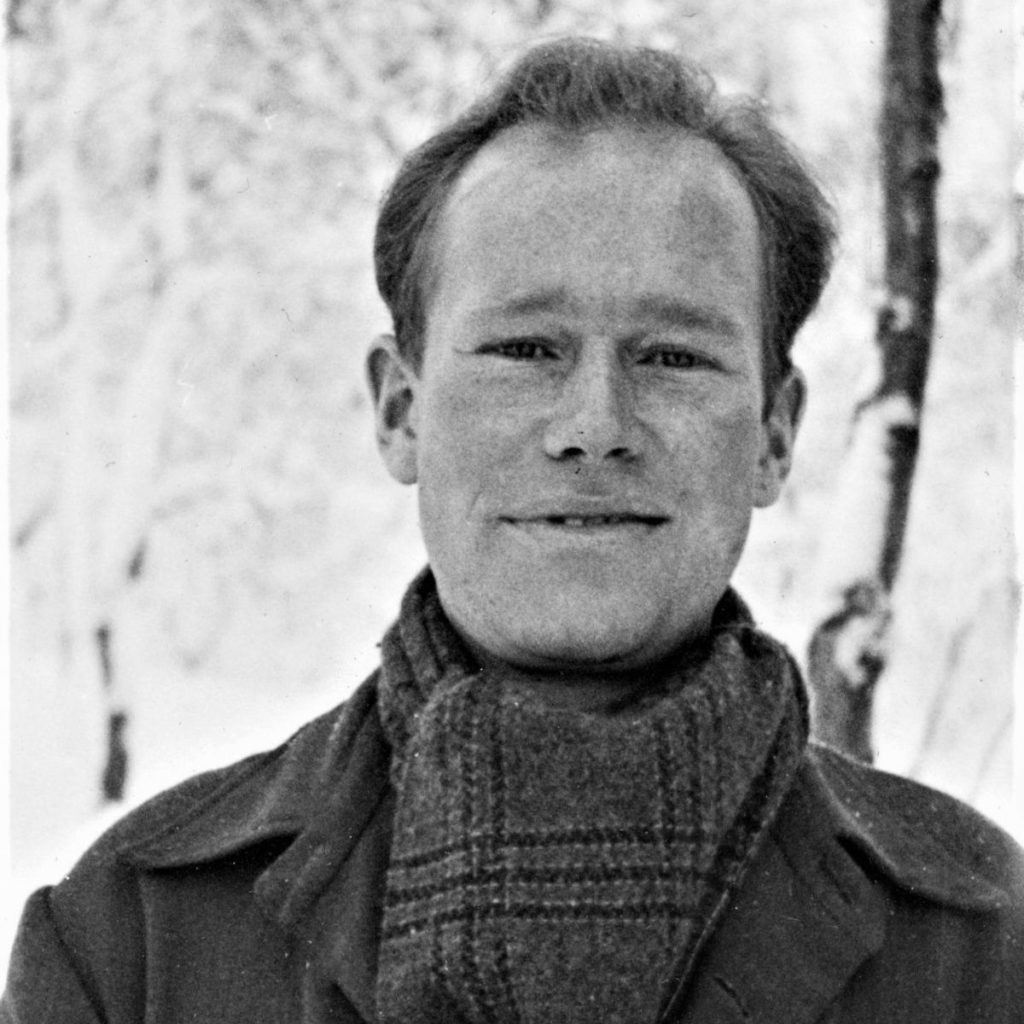
Einar Skinnarland
(1918–2002)
Einar Skinnarland is born at Møsstrond. He lives in Rjukan and attends school there. Up until the war he works as an engineer on the dams at Møsvatn. When Germany invades Norway, he takes part in the fighting in the Rjukan area. In 1941 he is arrested for illegal radio work, but released when it can’t be proven.
In the spring of 1942 he takes part in the capture of coastal vessel DS Galtesund, which then takes him to England. Here he is enrolled in Norwegian Independent Company 1. After just 11 days in England, he is sent back to the Rjukan area to establish a local branch of Milorg. In December 1942 the Gestapo are hunting Skinnarland. He goes into hiding in a cabin west of Møsvatn. At this cabin he maintains radio communication with London and relays intelligence reports on the German activity at Vemork from an extensive network of contacts.
Skinnarland is the communications channel for the saboteurs during the operation at Vemork and the sinking of the steam-powered ferry DF Hydro. He spends a full 3 years in hiding on the Hardangervidda plateau to maintain radio contact with England. After the war he moves to Canada and works on large dam projects there.
Grouse
Grouse is headed by second lieutenant Jens-Anton Poulsson (24) and otherwise comprises sergeant Arne Kjelstrup (29), second lieutenant Knut Haugland (25) and sergeant Claus Helberg (23).
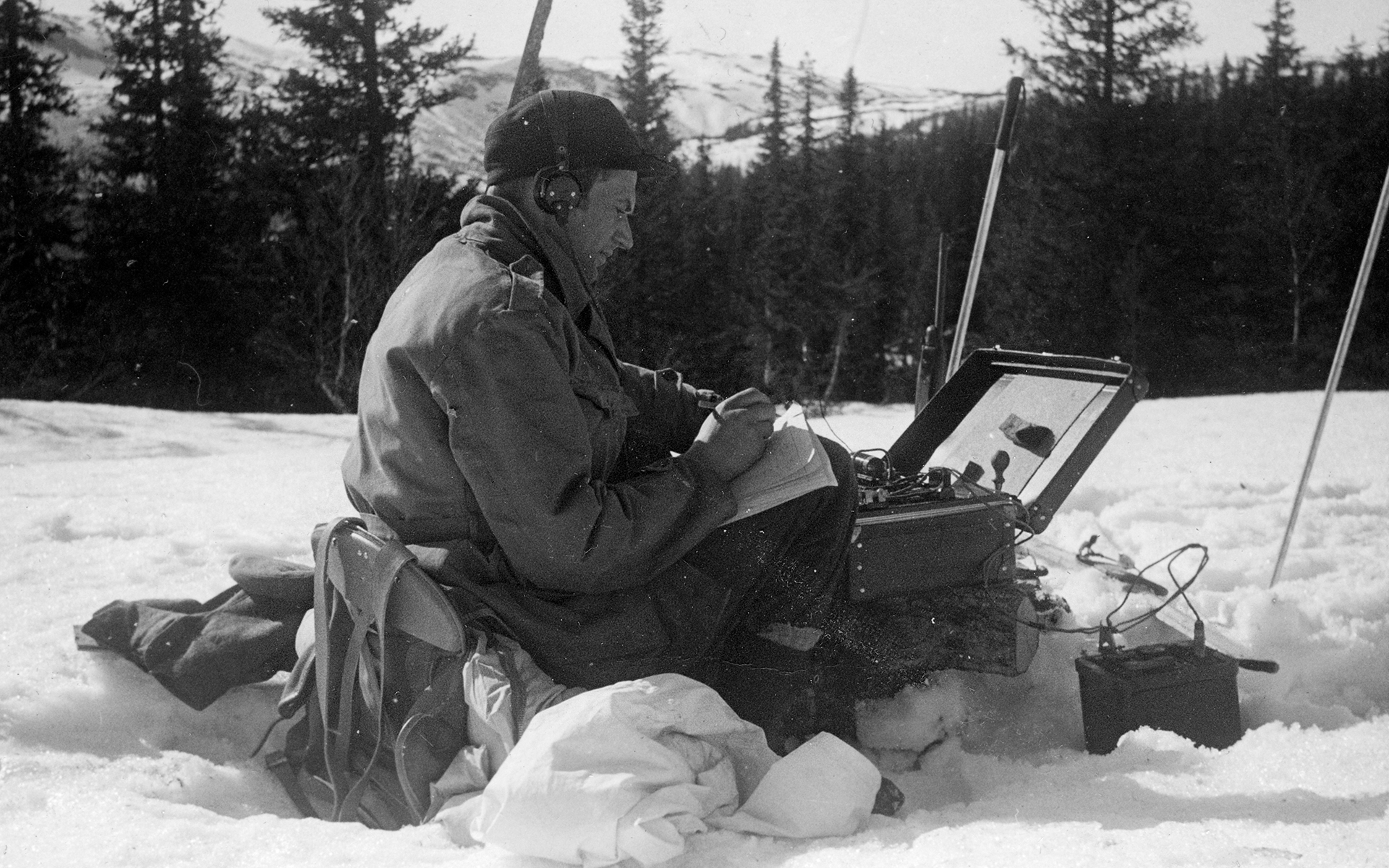
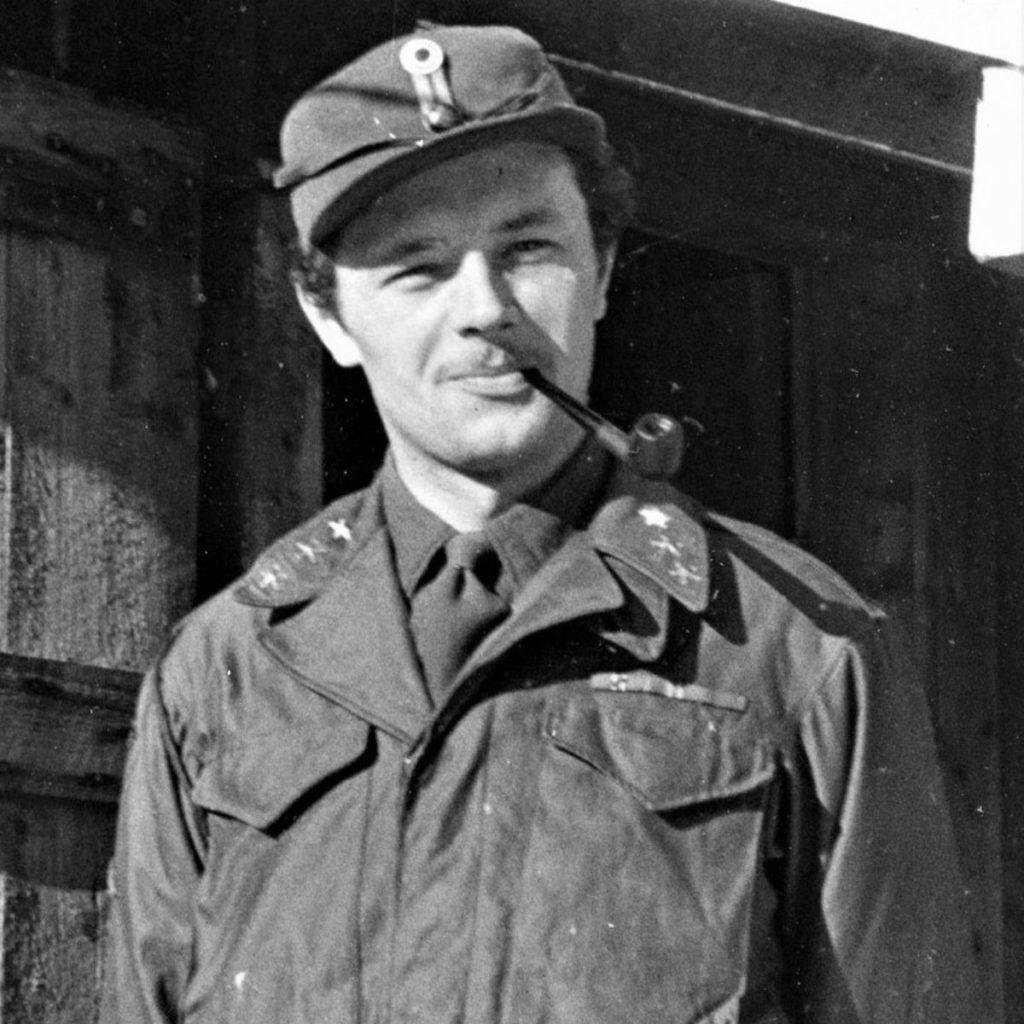
Jens-Anton Poulsson
(1918–2010)
Jens-Anton Poulsson was born in Rjukan, but has just finished the 2nd division officer’s candidate school in Fredrikstad when the war comes to Norway. He participates in campaigns in Østfold in April 1940. In 1941 Poulsson moves to the United Kingdom. He is admitted to Norwegian Independent Company 1 and receives the rank of second lieutenant.
In 1942 Poulsson leads Grouse, the advance guard for the Freshman Operation. When the operation ends in tragedy, Poulsson and the remaining members spend 3 month on the Hardangervidda plateau. On 17 February 1943 they are reinforced with 6 men. Together, they will carry out operation Gunnerside.
Poulsson is a part of the cover group that keeps watch so the Rønneberg and the explosives group can blow up the heavy water cellar. Later, Poulsson takes part in several other operations during the war. When Leif Tronstad is shot in March 1945, he takes over as head of operation Sunshine.
After the war Poulsson serves in a number of leadership positions. Among other things, he heads the Danish-Norwegian UN battalion in Gaza in 1960. From 1961 to 1965 is head of the Guard in His Majesty the King’s Guard. In 1968 he is promoted to colonel. Poulsson ends his service in the armed forces in 1982, and then spends a lot of time at his mountain property on the Hardangervidda plateau.
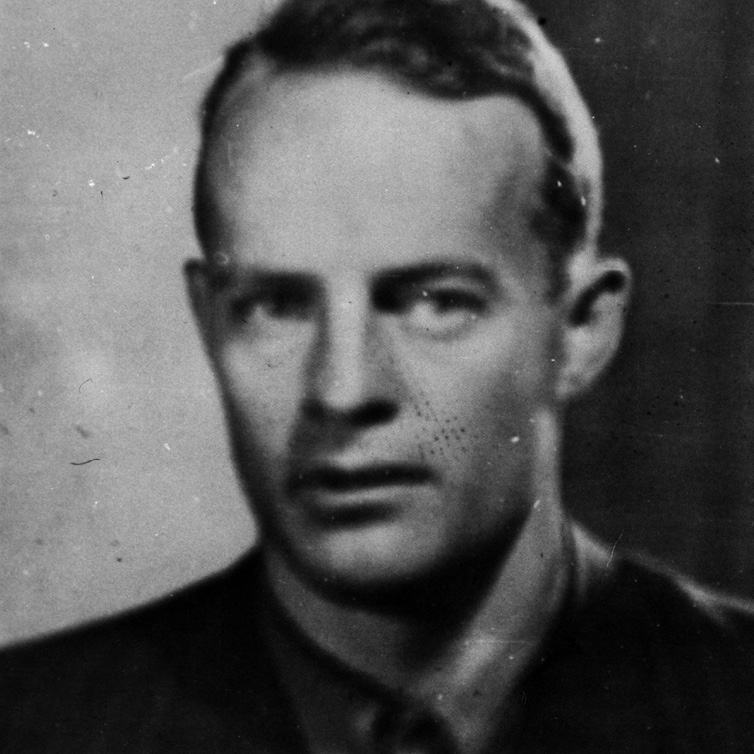
Arne Kjelstrup
(1913–1995)
Arne Kjelstrup is from Rjukan. He is working as a plumber when the Second World War breaks out, but after a short period as a conscript, he takes part in the battles in Eastern Norway. He is wounded at Harestua on 15 April, and sees out the rest of his days with a bullet in his stomach. From the summer of 1940, Kjelstrup attempts to travel from Sweden to England. In 1941 he is arrested by the Swedes, suspected for espionage after contact with the British delegation in Stockholm. He is expelled and sent by plane to Moscow.
After travelling almost all around the world, Kjelstrup finally arrives in England. There he is quickly enlisted in Norwegian Independent Company 1. In October 1942 he parachutes over the Hardangervidda plateau, as a part of Grouse in connection with the Freshman operation. During operation Gunnerside in 1943, he is a part of the cover group.
After the operation, Kjelstrup is among those who remain in Norway. Along with Knut Haukli, he spends the winter on the Hardangervidda plateau under extremely harsh conditions, and continues to work on establishing resistance groups in the area. Kjelstrup travels back to England in the autumn of 1943. In the autumn of 1944 he is selected to take part in operation Sunshine. Kjelstrup is head of the operation’s sub-group “Starlight,” which included Kongsberg and Numedal.
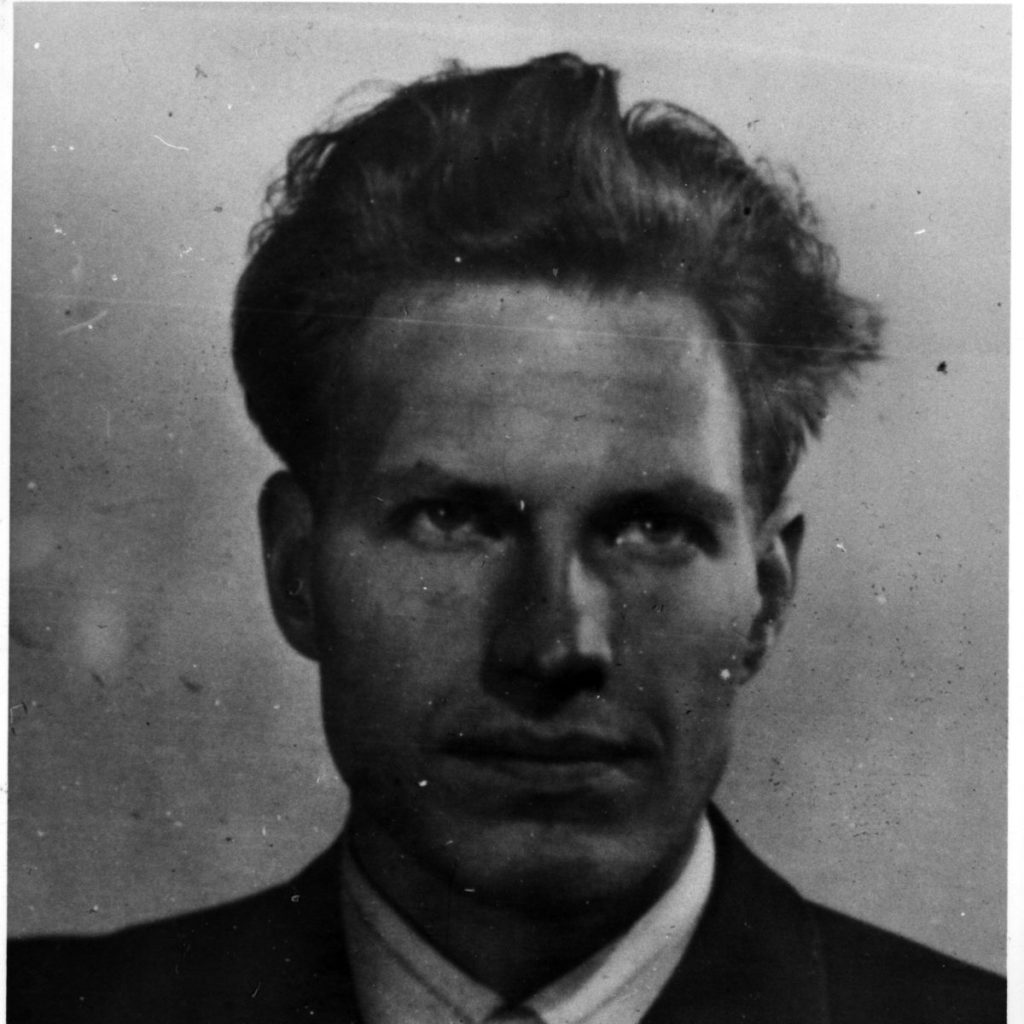
Knut Haugland
(1917–2009)
Knut Magne Haugland was born in Rjukan. After finishing upper secondary school, in 1938 he attends the radio course at the Engineering Corps officers’ school in Oslo. He becomes a sergeant, and is drafted into service in mountain artillery battalion number 3 at Setermoen in February 1940. As head of the battalion’s radio platoon, he serves on the Narvik fronts during the battles in 1940.
After attempting to establish illegal radio operations in Norway, Haugland moves to England at the end of 1941. Here he is enlisted in Norwegian Independent Company 1. Haugland is radio telegraphist in the Grouse group during operation Freshman in 1942. During Gunnerside in 1943, he remains in the mountains to report the result to London.
After the operations, Haugland starts to train radio telegraphists for Milorg. In the autumn of 1943 he is arrested, but manages to escape. He establishes radio stations and trains radio telegraphists until he moves to England in 1944. Here he continues to build communications for the home forces, which eventually numbers 110 new radio stations. After the war Haugland remains in the armed forces, but takes a leave of absence in 1947 to join Thor Heyerdahl’s Kon-Tiki expedition as telegraphist. In 1990 he becomes manager of the Kon-Tiki museum, and chairman in 1991.
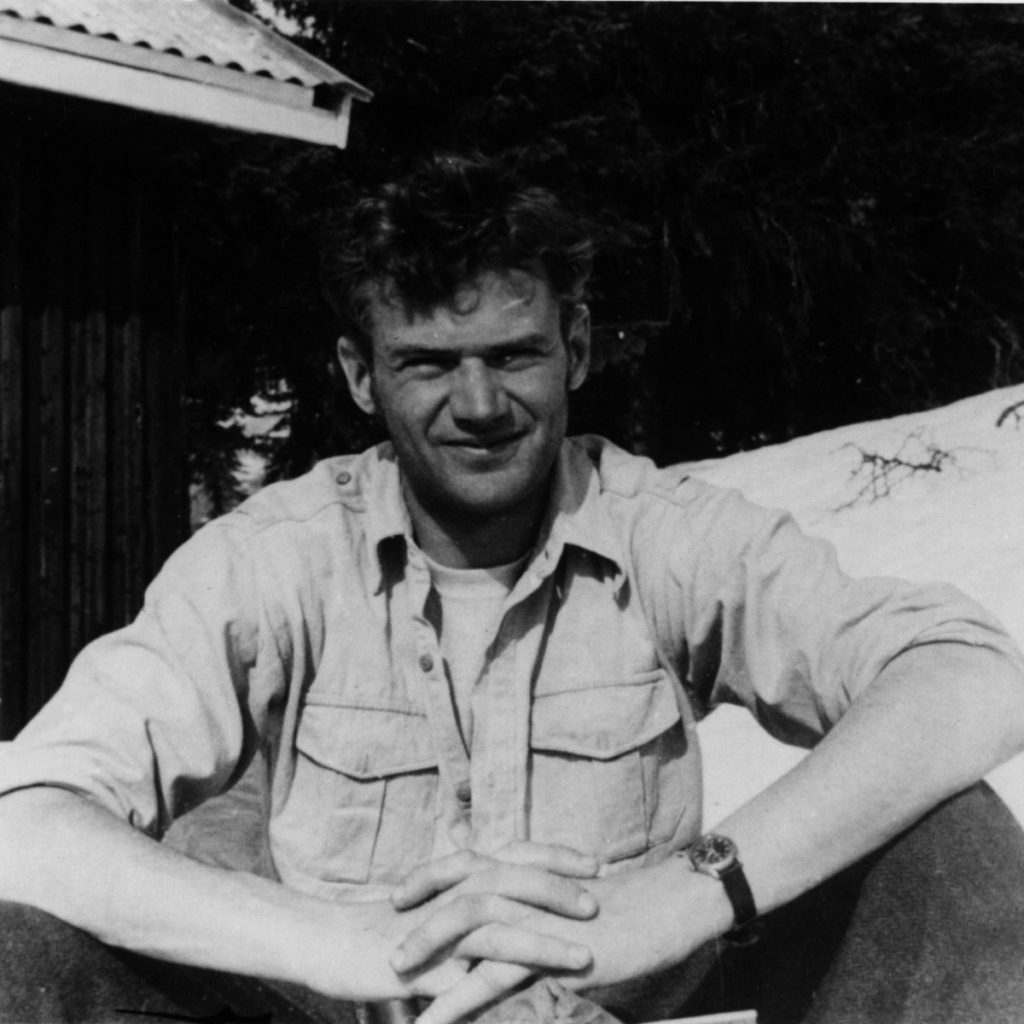
Claus Helberg
(1919–2003)
Claus Helberg is born in Rjukan, and attends the same school as Jens-Anton Paulson, Knut Haugland and Einar Skinnarland. In the winter of 1940 Helberg attends drill school, and on the invasion on 9 April he skis through Nordmarka to join the Norwegian forces. Helberg is captured, but manages to escape to Sweden shortly thereafter. This isn’t the last time Helberg is arrested during the war, nor the last time he manages to escape.
In Sweden Helberg comes into contact with Special Operation Executive (SOE) and works for the British delegation in Stockholm. In the period from 1940 to 1941 he conducts several intelligence operations in Norway. In 1942 Helberg travels to the UK and joins Norwegian Independent Company 1. The same year he is selected to take part in the Grouse group during Operation Freshman. During Operation Gunnerside in 1943, Helberg finds the place to cross the Vemork Gorge and is a part of the cover group. After the operation Helberg travels back to the UK and takes part in Operation Sunshine in 1944.
In 1938 Helberg had started to work for the Norwegian Trekking Association (DNT). After the war he resumes his work at DNT, and continues with this for the remainder of his working life.
Gunnerside
Gunnerside is headed by second lieutenant Joachim Rønneberg (23) and otherwise includes second lieutenant Knut Haukelid (31), sergeant Fredrik Kayser (24), second lieutenant Kasper Idland (24), sergeant Hans Storhaug (27) and sergeant Birger Strømsheim (31).
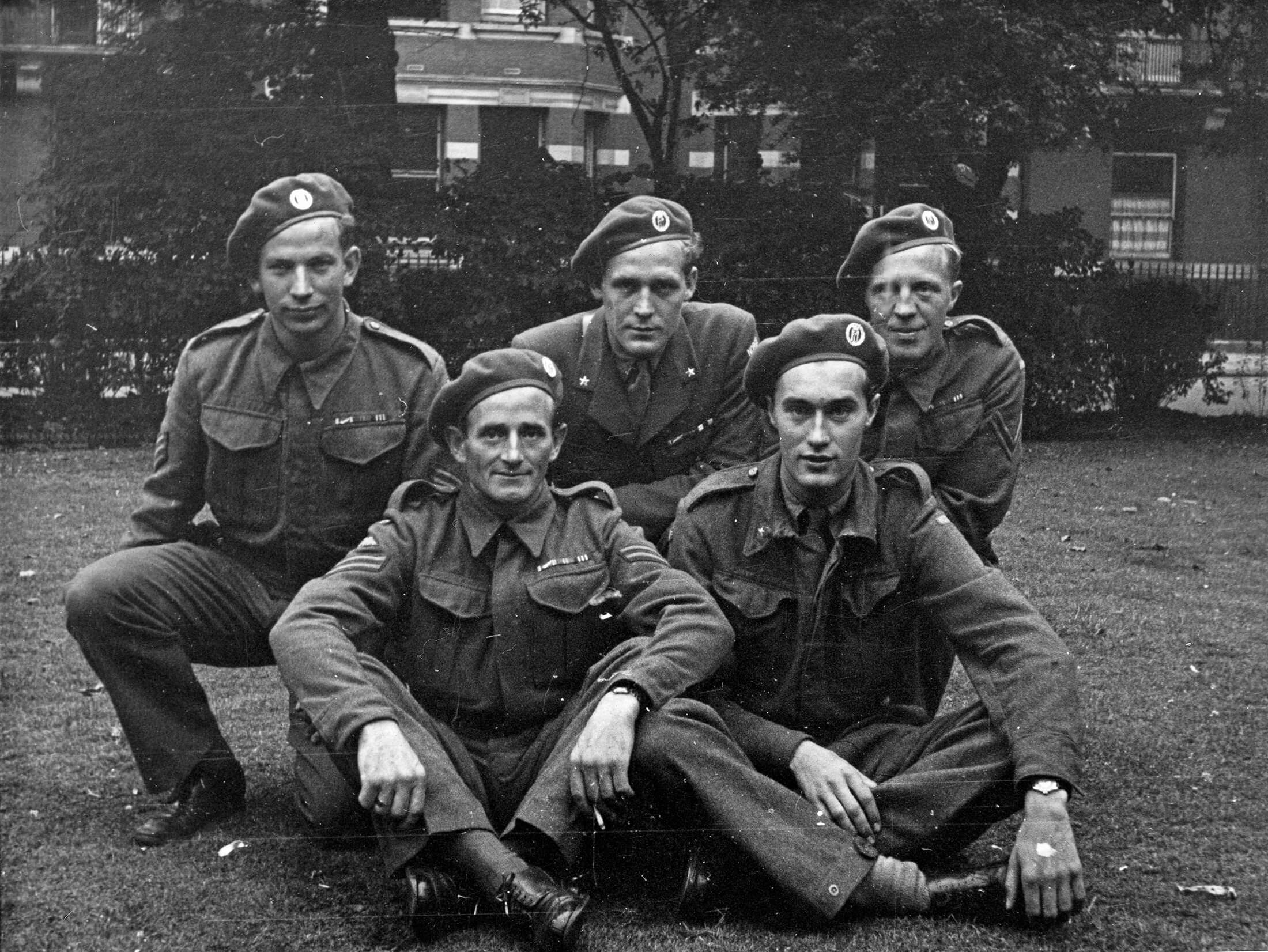
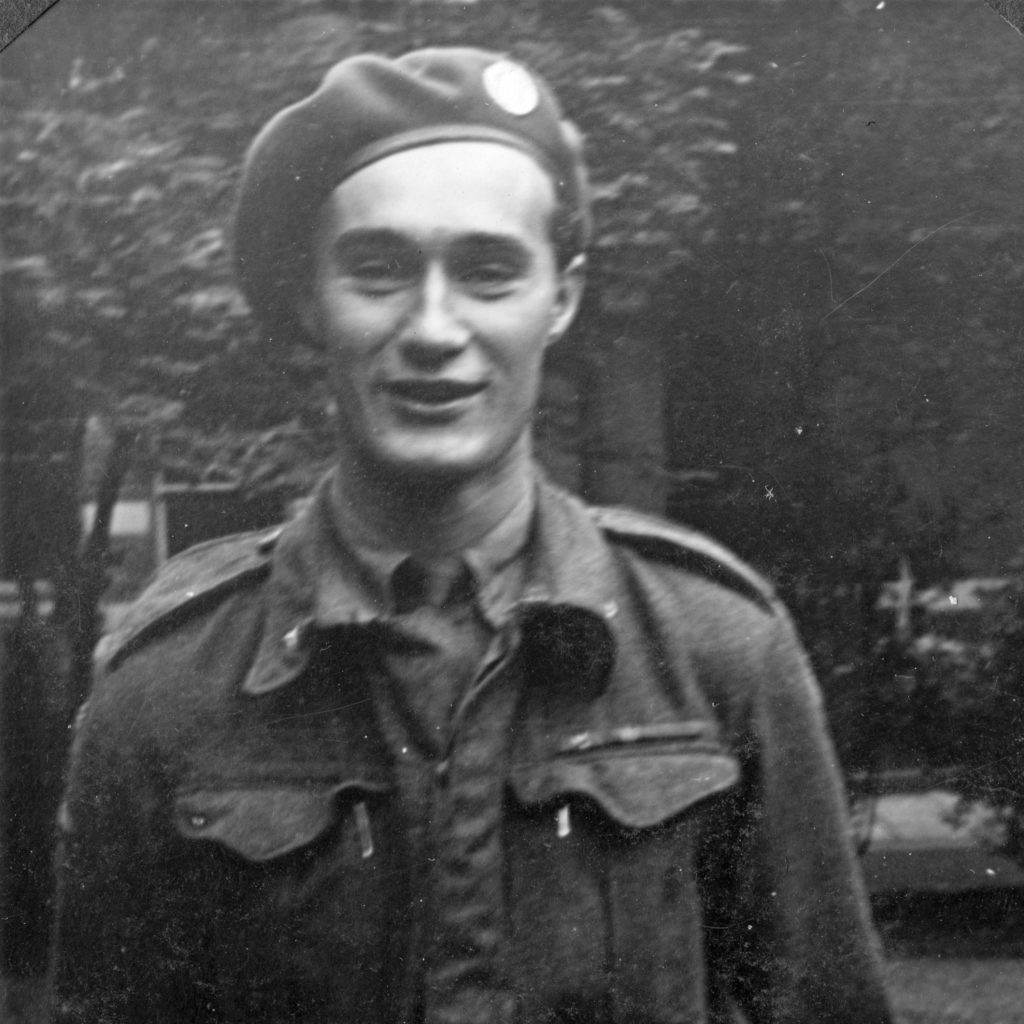
Joachim Rønneberg
(1919–2018)
Joachim Rønneberg was born in Ålesund. He is only 20 when the war comes to Norway. In March 1941 he travels to England on a fishing boat. Here he reports to Martin Linge, the head of Norwegian Independent Company 1. In he takes part in a number of courses, and becomes the first Norwegian instructor in blasting and sabotage at the British training centre.
In the autumn of 1942 Rønneberg is appointed head of the Gunnerside sabotage group, which will attempt to blow up the heavy water cellar at Vemork. Rønneberg is the youngest of the 11 saboteurs at just 23 years of age, but everyone agrees that he is the right man for the job. On the night between 27 and 28 February, second lieutenant Rønneberg leads the actual attack, and carries out what subsequently will be called the most successful sabotage operation during the second world war.
After the operation, Rønneberg and several other members of the group travel towards Sweden. The 450 kilometre trip takes them 14 days. From Sweden they quickly return to England. After the war Rønneberg receives several distinctions for his efforts, including the War Cross with Sword and the St. Olav’s Medal with Oak Branch.
Rønneberg was a proponent for the excavation of the heavy water cellar at Vemork, and got to see the breaking of the first ground via Skype in the autumn of 2017.
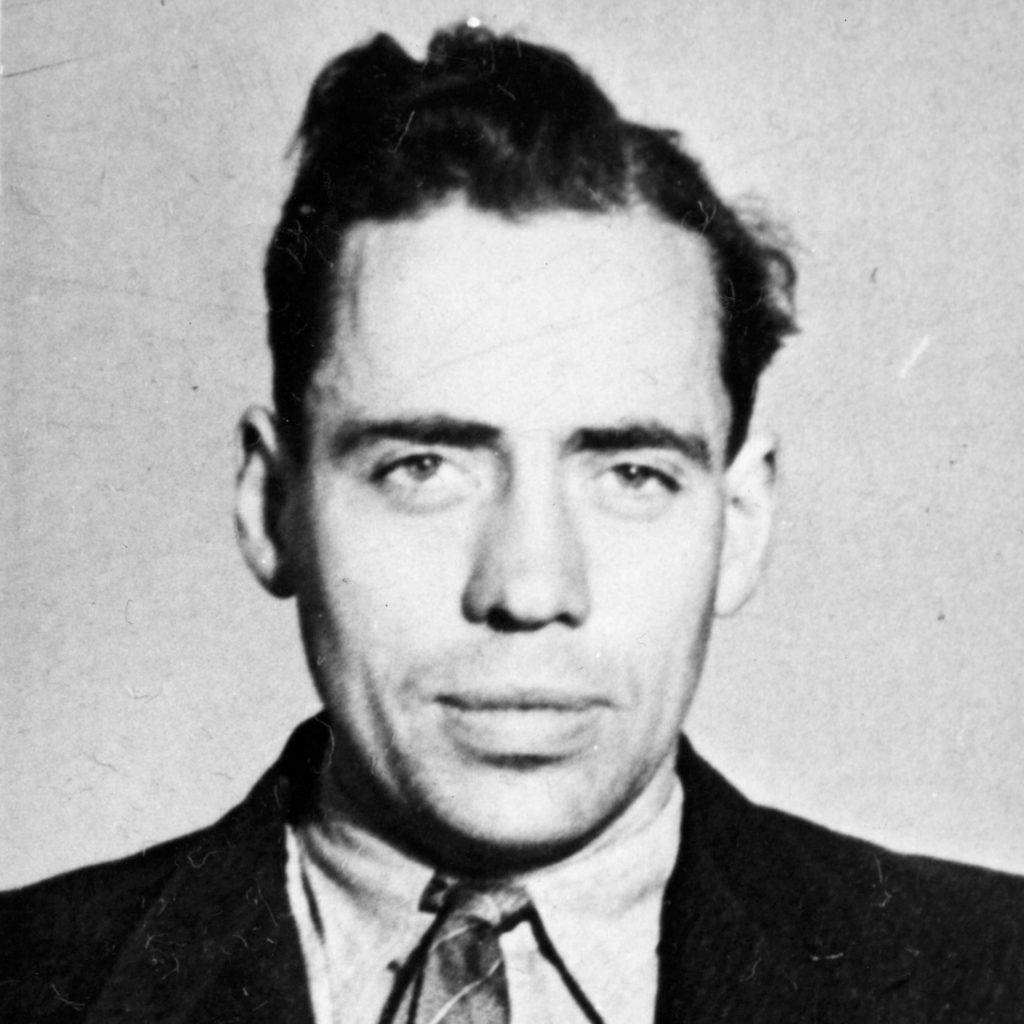
Knut Haukelid
(1911–1994)
Knut Haukelid was born in Brooklyn, New York. His parents were Norwegian, and the family returns to Norway when Haukelid and his twin sister are 2 years of age. Knut attends primary school in Norway, upper secondary school in the USA and studies at the University of Oslo and in Berlin. When the war comes to Norway, Haukelid is in Trondheim. He travels south to join the Norwegian forces in Eastern Norway. In the autumn of 1941 the Gestapo are on his trail. He travels to the UK and is enlisted in Norwegian Independent Company 1 as a sergeant.
Haukelid’s family own several properties on the Hardangervidda plateau, and he therefore knows it well. Haukelid is supposed to be a part of Grouse in 1942, but he is injured shortly before departure for Norway. During Operation Gunnerside, Haukelid is second in command, and heads the cover group. After the sabotage operation, he remains in the mountains to build up resistance groups in the area.
In early 1944 it becomes clear that the Germans want to shut down heavy water production and transport the supply and equipment to Germany. Haukelid is tasked with preventing this. On 19 February DF Hydro is sunk on the Tinnsjøen lake along with the entire heavy water cargo. After a brief stay in Sweden, Haukelid travels back to Norway and works on building up Vargbase in Vinje and Bykle. Haukelid remains in the armed forces after the war, and plays himself in the film “The Heavy Water War” from 1948.
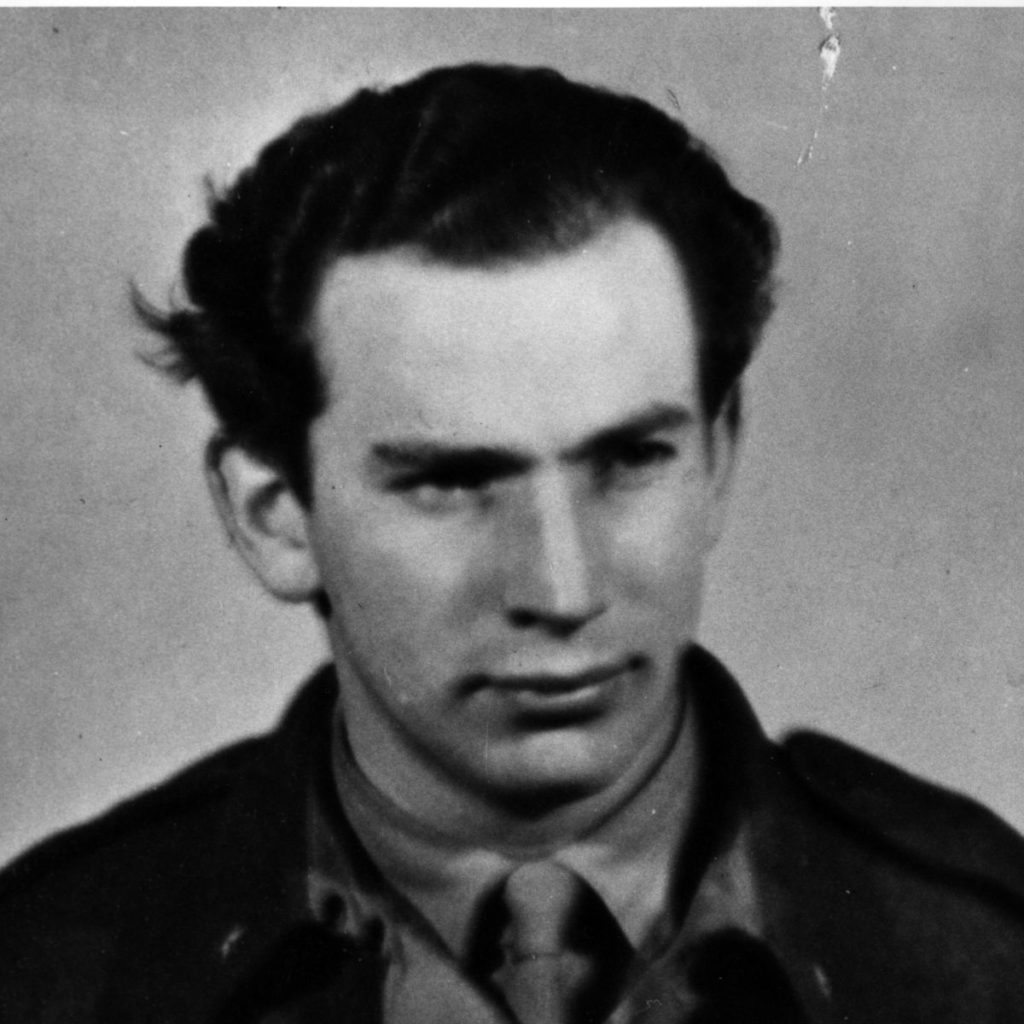
Fredrik Kayser
(1918–2009)
Fredrik Kayser is born in Fana in Bergen. In 1938 he completes his compulsory military service, and volunteers on the Finnish side in the Winter War in 1939. He then takes part in the fighting in Norway in 1940. In the autumn of 1941 Kayser travels to England and joins Norwegian Independent Company 1. Between Christmas and New Year in 1941 he takes part in the commando raid on Lofoten.
In the autumn of 1942, Kayser is selected to be a part of Operation Gunnerside. On the night before 28 February 1943 he is a part of the blasting group. He is tasked with protecting Joachim Rønneberg, who is carrying the explosives. After the operation Kayser travels to Sweden and from there back to England. In September 1944 he heads a mission to sink a German vessel in Måløy harbour, but the saboteurs are discovered and have to escape before carrying out the operation.
From the autumn of 1944 Kayser is second in command for Bjørn West, a 250 man force based north of Bergen. The force engages in active fighting against the German occupation forces in April and May 1945. Kayser leaves the army after the war and seeks a career in business instead. He is also active in Bjørn West, an association of veterans from the Bjørn West base. In 1948 he plays himself in the film “The Heavy Water War.”
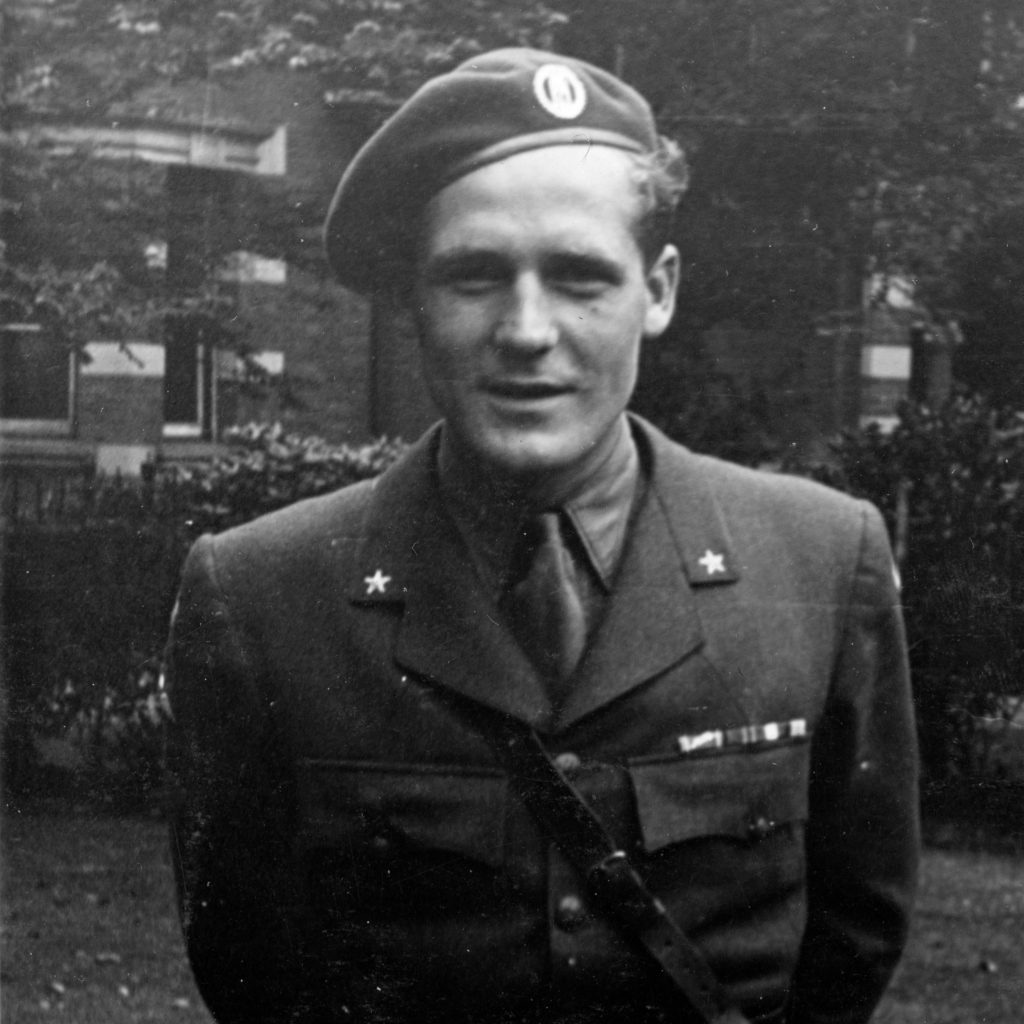
Kasper Idland
(1918–1968)
Kasper Idland is from Figgjo outside Sandnes. He undergoes non-commissioned officer training in Kristiansand and reaches the rank of sergeant in 1937. When the war comes to Norway, Idland is working in the postal services, but joins the Norwegian forces at Sviland and takes part in the fighting in Dirdal on 9 and 10 April 1940. He is captured as a prisoner of war and held at Madla camp, but is subsequently released. In September 1941 Idland travels to the UK where he joins Norwegian Independent Company 1. Idland takes part in the commando raid on Lofoten in late December 1941.
During Operation Gunnerside in 1943 Idland is a part of the blasting group. His task is to protect Birger Strømsheim, who is carrying the other set of explosives. Idland and Strømsheim lose contact with Rønneberg and Kayser, and decide to break a window to get Strømsheim into the heavy water cellar. Idland remains outside to keep watch. After the operation he flees to Sweden along with four others from the operation. It is a distance of 500 km and is estimated to take 10 days. They spend 14.
Following the sabotage at Rjukan, Idland is active in Egersund as a part of the Vestige IV resistance group. The goal is to sabotage shipping. The group never carry out any sabotage, but burn down Bjerkrem camp in January 1945. From March 1945 Idland is head of the Varg resistance group in Setesdal. After the war he lives in Stavanger until 1955. He then moves to Huntington in New York.
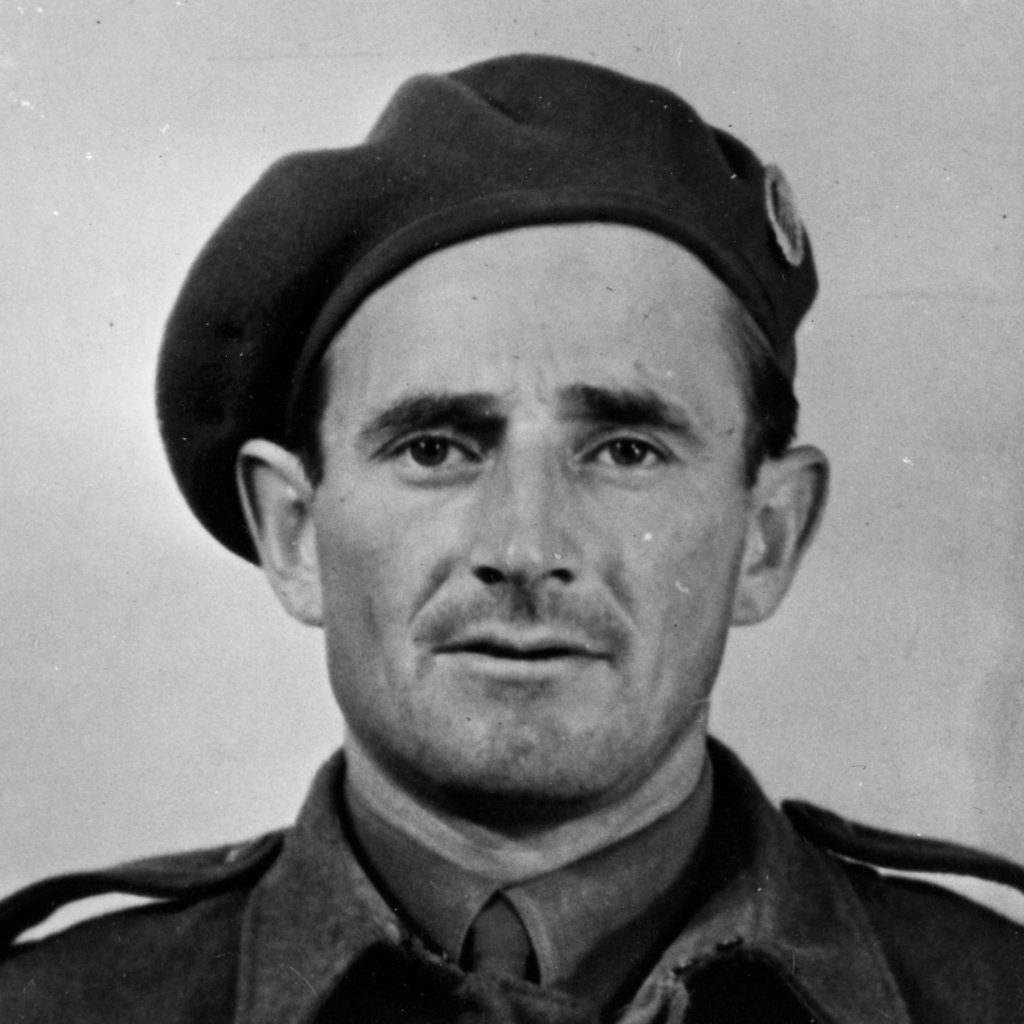
Hans Storhaug
(1915–1995)
Hans Storhaug is from Rena, and fights the German forces at Solør on 18 April 1940. In December 1940 he leaves Ålesund for Scotland, where he joins Norwegian Independent Company 1. Between Christmas and New Year in 1941 he takes part in the commando raid on Lofoten.
During his time in Scotland, Storhaug is given the nickname “the chicken”. He’s engaged in a bit of poaching, and one day a gamekeeper arrives at the camp. The gamekeeper is looking for a poacher who he describes as a small man with a large nose and large feet. “Just like a chicken”. And the nickname sticks.
During the Gunnerside Operation Storhaug is on the blasting team and is tasked with keeping watch while the four others blast the heavy water cellar. Storhaug has been hand-picked by Joachim Rønneberg to take part in the operation. This is because he is an excellent skier, and experienced outdoorsman and a bit of a hard man. These qualities come in useful after the operation, when he is a key guide on the 500 km escape route.
He returns to England from Sweden. In October 1943 he takes part in Operation Grebe, where 3 out of 6 men die after parachuting into a frozen lake. Storhaug and the two other survivors escape to Sweden. They return to Norway in March 1944, and operate behind enemy lines in Østerdalen until the end of the war. In 1948 Storhaug plays himself in the film the “Heavy Water War”.
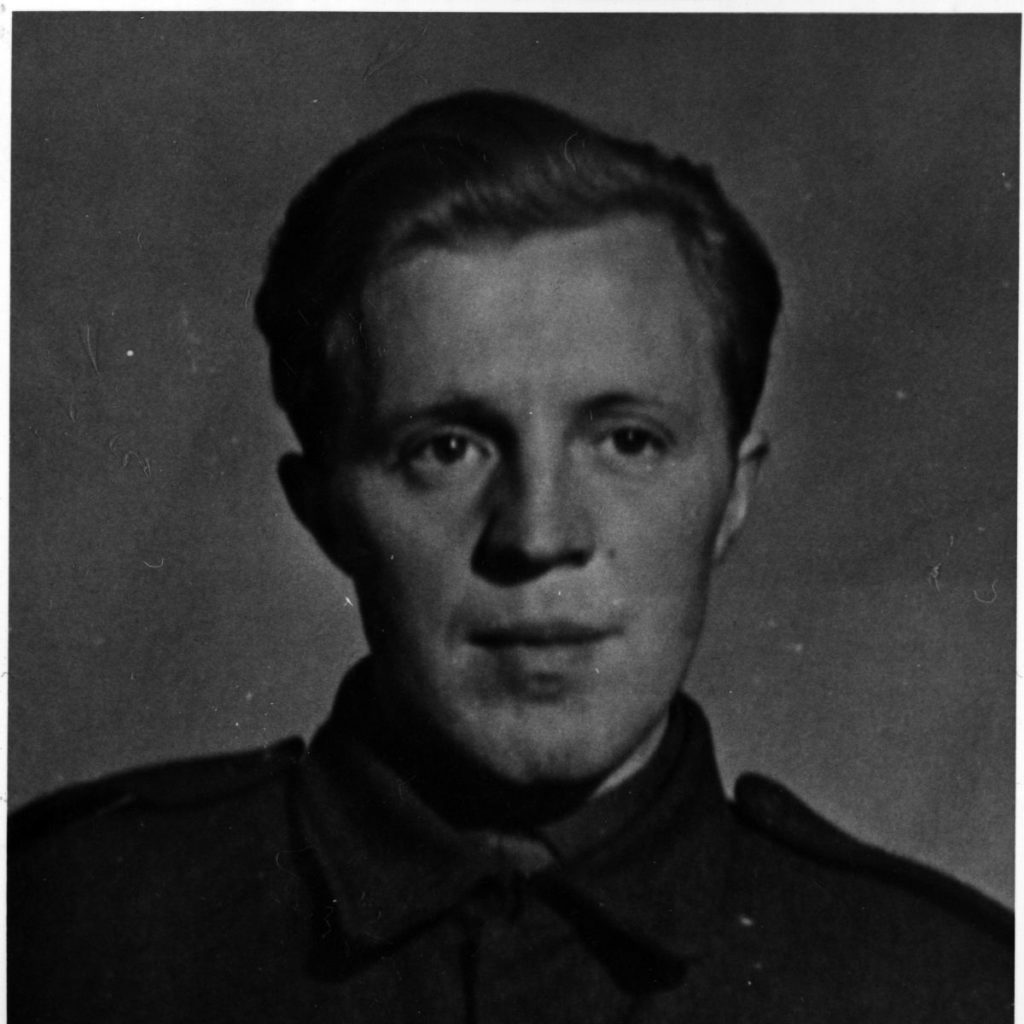
Birger Strømsheim
(1911–2012)
Birger Strømsheim is from Ålesund, and works as a construction contractor before the war. In 1941 he flees with his wife Åse to Shetland to join the resistance movement. When he arrives in England, he joins Norwegian Independent Company 1.
On 17 February 1943 Strømsheim and the rest of Gunnerside land on the Hardangervidda plateau. A few days later they join Grouse. During the Gunnerside Operation, Strømsheim is carrying a rucksack with explosives. So is Grønneberg. According to plan, the whole blasting group except Storhaug were supposed to go into the heavy water cellar, but they lose each other. Strømsheim has to break a window to get into the cellar. It is only Strømsheim, Rønneberg and Kayser who are inside the heavy water cellar during Gunnerside.
After the operation, Strømsheim flees to Sweden and from there to England. In March 1944 he and Rønneberg are sent to Tafjordfjellet to take part in Operation Fjeldfare, where the plan is to destroy the Rauma railway link.
In connection with the death of Strømsheim in 2012, Joachim Rønneberg stated the following: “Birger was the oldest of the group and was almost like a father to us. He was a very calm and balanced person who I appreciated immensely.”
More and fallen heroes
A number of other people risked and lost their lives to stop the production of heavy water at Vemork. Among other things, all of the 41 British soldiers involved in the unsuccessful Operation Freshman died.
See the operations